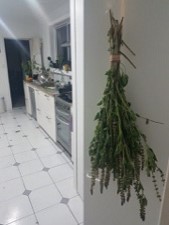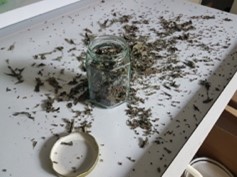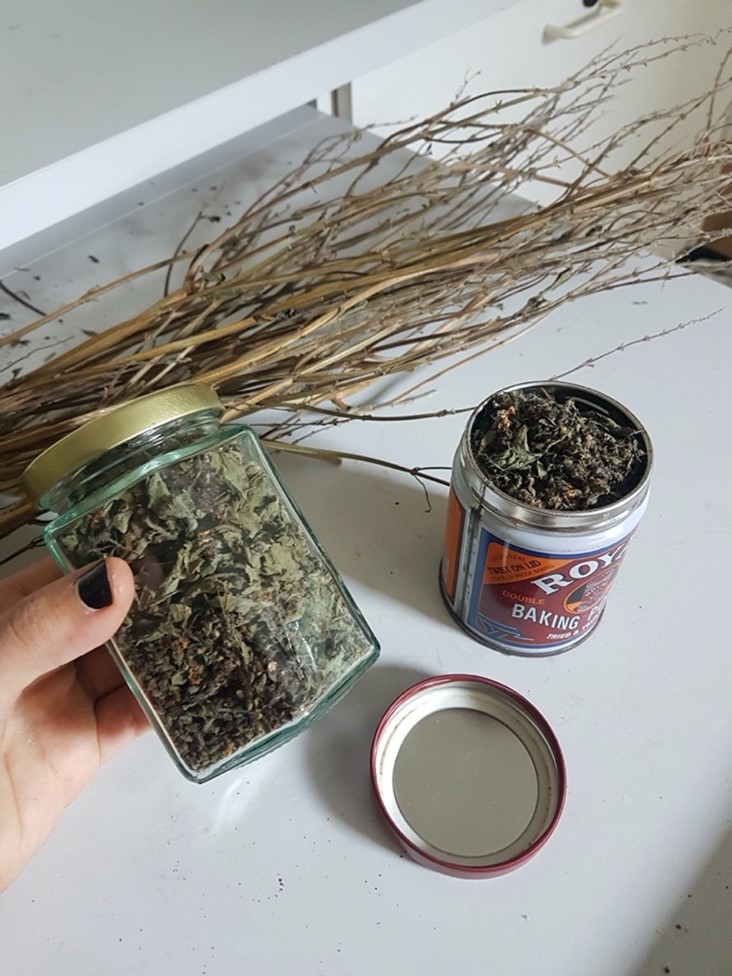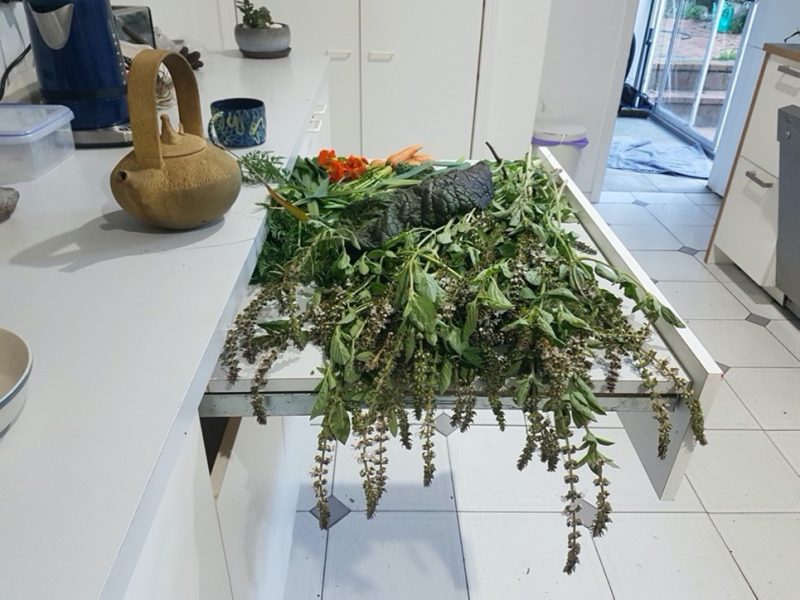Joining the Adamama team, I’ve been learning a lot about how to care for the land. And to honour the start of 5782 – which is a Shmitah year – I’d like to care for my internal landscape, too.
Shmitah is a beautiful concept. It happens once every 7 years, calling on us to rest, reflect and regenerate. So, I’ve started a new daily ritual. It’s simple, it’s manageable and it persistently improves my day: I brew a cup of tea.
It’s a little different to just ‘making’ tea. I make tea several times a day – an automatic action, almost always done mindlessly between tasks or with the kettle abandoned once boiled. During this pandemic, time seems simultaneously suspended and in demand, worry is high and we need to care for ourselves more than ever. While things are mayhem out there, I’m finding it useful to take even a couple of minutes each morning to quieten the chaos inside.
All I mean by ‘brewing’ is taking time to focus on the activity. I put my to-do lists and phone aside, instead giving my attention to the tea. Some days, as I pour hot water over the leaves, my mind goes blank and it’s the first sip that brings me out of this brief meditation. Other days, I feel some small sense of wonder as the colour of the tea swirls in the little eddies of the teacup. This morning as I waited for the flavour to strengthen, more subtle and creative thoughts drifted through my mind – the kind that are usually drowned out in a busy day. Brewing a tea has become a chance for me to brew wellbeing. There’s no prescription, but it’s a surprisingly strong dose.
There’s a big tulsi bush at Adamama. Tulsi – you might also know it as holy basil – has some amazing qualities. It’s an adaptogen, which is a natural substance that helps your body deal with stress, and some people say it reduces their anxiety. On top of that it smells and tastes great, and is remarkably easy to use for home-made tea.
So, if you can get your hands on a big bunch of tulsi, here’s what you can do with it:
 Tie the stalks together using string, a ribbon or an elastic band, and then hang the bunch upside down somewhere cool and out of direct sunlight. I left mine in the corner of my kitchen and kept an eye on it to make sure it didn’t grow mouldy (which might happen if there’s moisture in the air).
Tie the stalks together using string, a ribbon or an elastic band, and then hang the bunch upside down somewhere cool and out of direct sunlight. I left mine in the corner of my kitchen and kept an eye on it to make sure it didn’t grow mouldy (which might happen if there’s moisture in the air). Next, simply fill recycled jars or tea tins with the dried leaves and flowers, lightly crushing the bigger parts up if needed.
Next, simply fill recycled jars or tea tins with the dried leaves and flowers, lightly crushing the bigger parts up if needed.
- After a couple of weeks, the leaves should be fully dry but still fragrant. Take down the bunch and start the fun of stripping the leaves and flowers from the branches.

That’s it! You now have your own tea to enjoy (free of packaging, too). Just allow a few minutes for a heaped teaspoon to steep, and you’ll have your own fresh, mindful, delicious brew. You’ll also have tea leaves left over in your strainer, if you want a little peek at what the year ahead has in store.










Leave A Comment